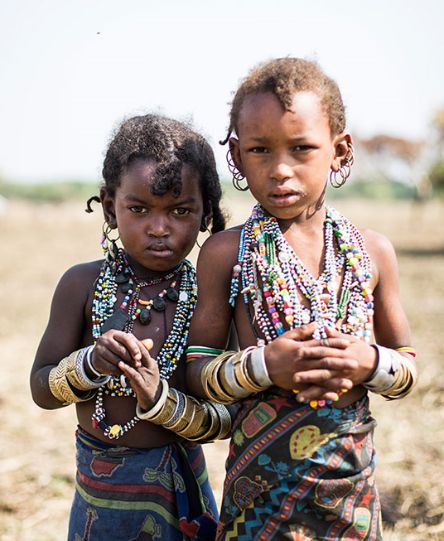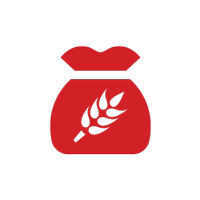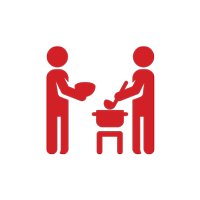South Sudan Highlights
A Brief Overview of Key Moments in South Sudan
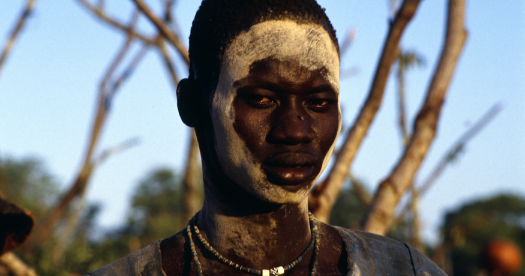
1983
Civil war
Fighting broke out between northern and southern Sudan. The war was called the Second Sudanese Civil War and would go on until 2005.

1984
ICRC established
ICRC began working in southern Sudan and would open a delegation two years later.
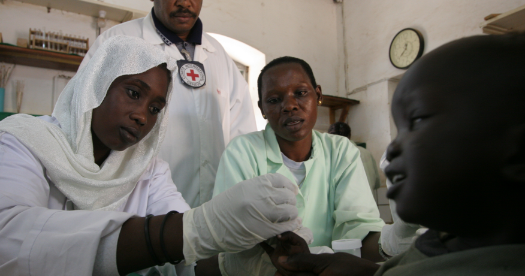
1986
ICRC delegation
ICRC opened a delegation in a place called Juba, that would later become the new country's capital city.
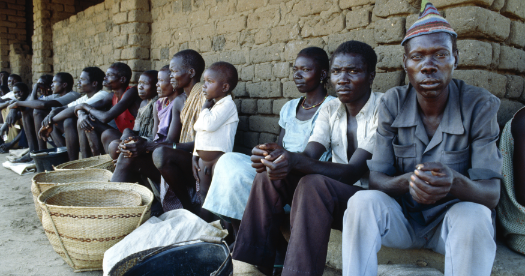
2005
Autonomous Government
An autonomous government was formed in southern Sudan following the signing of a comprehensive peace agreement that was meant to end the Second Sudanese Civil War.
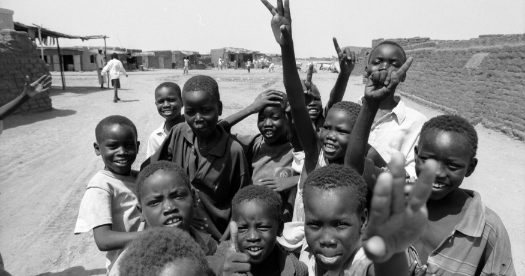
2011
Self-governance
Southern Sudan split from Sudan and became the 193rd member of the United Nations following a referendum to secede and become a new country.
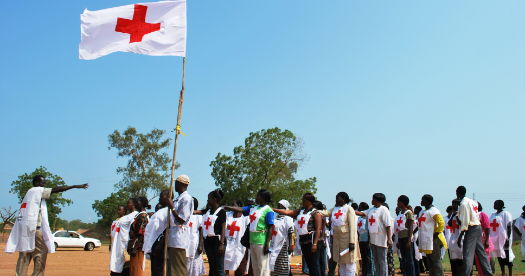
2011
Red Cross
The South Sudan Red Cross was established and would legally become recognized by the South Sudanese government in March 2012.
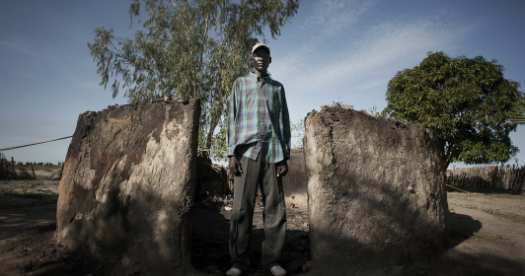
2013
Civil war
South Sudan was engulfed in civil war.

2015
Finding safety
Two million South Sudanese fled from their homes to escape the fighting in the country.
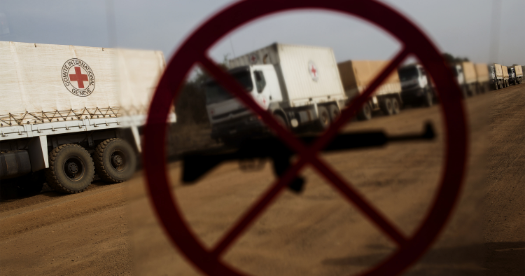
2016
Civil war continues
A peace agreement was signed but quickly followed by more fighting.
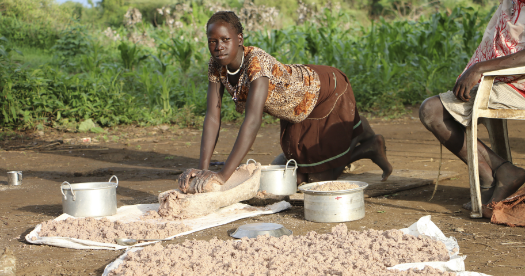
2017
Famine strikes
Famine was declared in parts of South Sudan and an estimated 5 million people were in need of immediate assistance
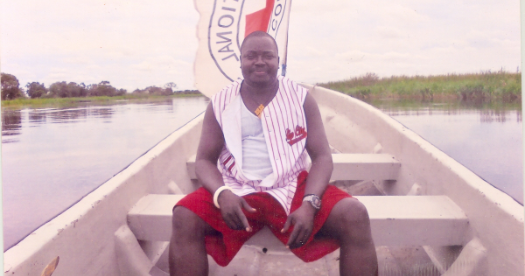
2017
A humanitarian worker is targeted
ICRC driver Lukudu Kennedy Laki Emmanuel was killed when a convoy of ICRC vehicles was shot at by unknown assailants. The ICRC strongly condemned the killing of Kennedy who had joined the organization in 2014. Kennedy left behind a wife and seven children.
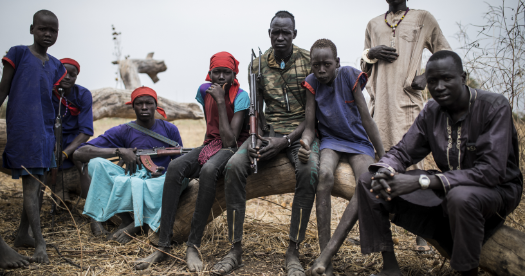
2018
UN intervention
UN Security Council imposed an arms embargo on South Sudan.
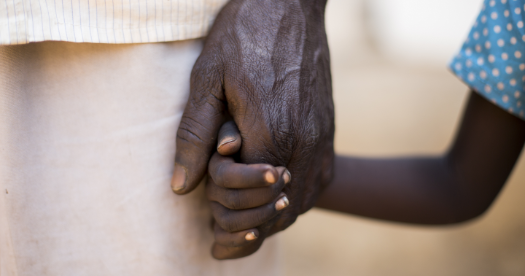
2019
Peace agreement
A peace agreement held in most parts of the country. But despite this, gunshot injuries remained high due to inter-communal violence while hunger rose at the same time.
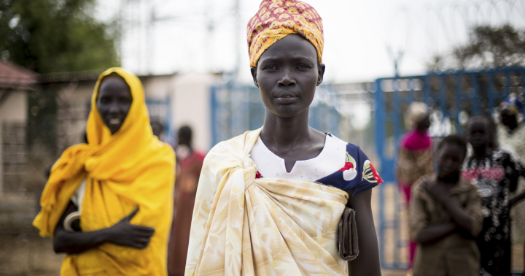
2020
Unity is formed
A Revitalized Transitional Government of National Unity was formed.
